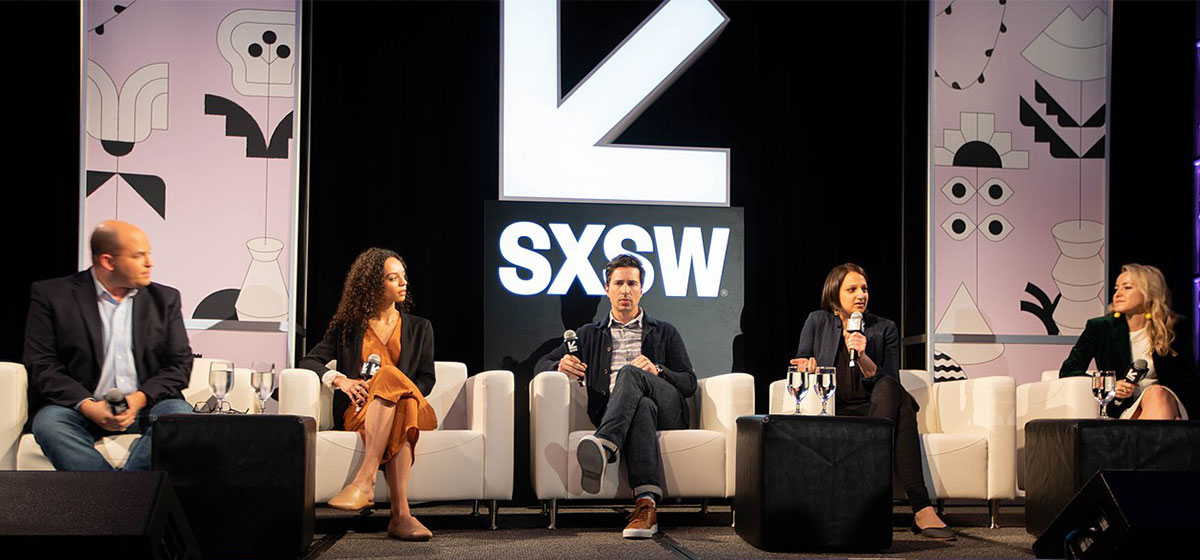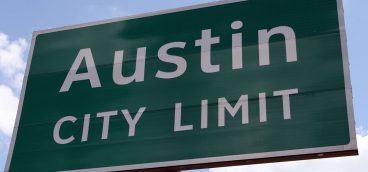Austin’s “South by Southwest”—Should It Happen in Pittsburgh?

Until the sudden cancellation Friday due to coronavirus concerns, the world’s biggest annual Spring Break for tech/media hotshots and musicians was ready to reconvene March 13–22 all over the fair city of Austin, Texas.
South By Southwest (SXSW) is a massive gathering of music, film, comedy, interactive media performers and speakers that in 2019 hosted 2,200 musical acts, drew 280,000 attendees and delivered a $356 million infusion into the Austin economy.
That’s quite an uptick from the festival’s inaugural year back in 1987, when 700 conference registrants spent a weekend listening to 150 mostly local bands at 15 nightclubs.
I remember, because I was there, earnestly hoping with the other organizers that this brash little homegrown, grassroots music fest cobbled together in a few short months would get at least one major label A&R executive to show.
We got eight. And the coronation of Austin as “live music capital of the world” commenced.
The groundwork for SXSW numero uno actually had started a couple years earlier. I’d been among the initial group of a dozen or so Austin music folks whose affiliated ambitions to promote Austin music assumed explicit form and direction in a Chamber of Commerce meeting room where business, government and music community stakeholders conspired to lure record label execs from New York, Nashville and Los Angeles to partake of our resplendent local music scene.
Looking back, that loose, unreasonably hopeful collaboration was the primal pebble toss that produced a very large and still-widening ripple in the global cultural pool beyond central Texas, joyously affirming an axiom today’s world views as accepted knowledge—that the coordinated public expression of music, arts and creativity-in-general is an excellent framework for major municipal revitalization.
Looking ahead: Is there a need in today’s Pittsburgh for an annual SXSW-type of multi-genre gathering of creative minds that could help the city and region navigate the 2020s and beyond?
I’d moved to Austin from Pittsburgh in 1983 and rapidly replicated my Steel City music and writing life in a climate that was 40 degrees warmer and 10 times sunnier pretty much every day of the year.
Music was everywhere in the Texas capital, ranging across a seemingly infinite genre and style spectrum and showing up live daily in more than 40 nightclubs, innumerable restaurants, neighborhood parks, ubiquitous street busking and some kind of festival or public party every weekend that typically involved lots-and-lots-and-lots of the city’s 50,000-plus college students seeking good times along Guadalupe Street by the University of Texas or downtown on Sixth Street, Austin’s slightly tamer version of Bourbon Street. Music was the common currency bonding every social circle in Austin, bottom to top and in-between.
I caught on with a band that played French-Cajun-Irish-Breton-Mexican-Madagascar tunes. And plunked out Texas country blues with another former Pittsburgher, Mojo Marc Schwartz, in our Divin’ Ducks duo. I wrote arts and lifestyle pieces for local magazines, and a year to the day after arriving in town was hired as executive director for the Austin Music Umbrella.
The Music Umbrella was part of a flourishing Austin arts-service infrastructure that offered technical assistance for writing, dance, theatre, visual arts and Hispanic, Black and women’s artists. Each umbrella was a sort of mini-arts council working with city government to help their constituents make as much art as possible everywhere in Austin.
In November 1984, I got a call at the Music Umbrella office from Gloria Moore, an economic development VP at Austin Chamber of Commerce. She invited me to a meeting that would be game-changing for Austin Music and, decades into the future, for millions of others working in contemporary music everywhere.
The initial caucus included the local musicians’ union rep, a music attorney, a rock band vocalist, a music journalist, two nightclub owners and a half dozen folks involved in record distribution, record production, music booking and artist management. Two employees of the Austin Chronicle (the city’s primary culture publication) attended, along with recent UT grad Phyllis Krantzman, whose urban planning master’s thesis (“Impact of the Music Entertainment Industry in Austin, Texas”) had been carefully read and noted by several members of the Austin business milieu.
Eventually, conversation came round to the one main question on everyone’s mind: What would it take to establish a direct pipeline for Austin music talent to reach national music industry movers-and-shakers?
And a followup: What exact form would that pipeline take?
I’m sorry to report that no room-shaking, bulb-flashing “eureka!” moment occurred at that meeting. Or at any of the two dozen meetings and public forums in the months to come, as this first focus group became formalized as the Chamber’s Austin Music Advisory Committee (AMAC), and then re-christened to Austin Music District Committee, which begat Austin Music Industry Council and (in 1989) birthed the Austin Music Commission.
What did happen was, over the course of the next two years, a growing phalanx of musicians and music supporters dedicated themselves to making it happen, by doing what creative folks do best: Jumping into the river and swimming in the direction you want to go, without a clue where the current might actually carry you.
South By Southwest formally launched when the Austin Chronicle agreed to be presenter-of-record and commit its staff and media support in partnership with advertising dollars from Austin Chamber of Commerce, logistical assistance from the Mayor’s Office and a cohort of nightclubs serving as showcase venues.
Word somehow spread in those long ago pre-internet days, and the second weekend of March brought the prophesied contingent of major music industry people who obligingly venerunt, viderunt, epulantes—came, saw, partied.
And made plans to return next year.
And the next and the next and the next into our brave new century where, once again for nine magical days, Austin becomes the aspirational vortex for the creative multitudes and their promise land dreams.
So, here’s a proposition: The positive impacts of a festival like South By Southwest on its host city are undeniable.
And here’s a question: Is it something from which Pittsburgh, specifically, would reap benefits?
And the answer? I don’t have one. I’m writing this to see if anyone else might.
First, it would have to address a specific need. In 1987, Austin the need was simple—getting outside industry exposure for local music, with anticipated spinoff benefits for other local arts and the hospitality sector.
In 2020 Pittsburgh, things are more complex. What (or who) does the city and its creative community need that a South By Southwest-type effort might deliver?
Should this hypothetical assemblage be limited to the arts, or are there other aspects of our community to which we want to bring attention? Other problems needing solutions? Other collective dreams we think Pittsburgh could achieve?
Maybe it’s about addressing a wider insufficiency in our communal midst, a more deeply rooted social obstacle we should remove or at least begin looking at why it’s there in the first place.
Maybe Pittsburgh’s version of SXSW is a week-long conference on how to make a city most livable.
Starting with us right here in the heretofore Steel City. And finding formulas that can work for other cities elsewhere.
Maybe we call it LCX—Livable City Xchange—a purposeful but free-ranging forum on the tomorrow of the American City, with Pittsburgh, Allegheny County and our seven-county metro region and its 2.4 million residents as the testing ground today.
LCX-Pittsburgh would explore how we can help our citizens attain healthy and productive lives in a time of unprecedentedly rapid change that affects every neighborhood, income level, ethnicity, age group and business sector.
Topics may include work, housing, transportation, environment, sustainability, accessibility, technology, finance, healthcare, education, innovation, culture, food, governance, civic participation—every system that impacts our livability in Pittsburgh, now and in the unforeseeable future.
And what role at each level local artists and arts organizations should play in guiding contemplation, sparking experimentation, invoking expression… telling the Pittsburgh story as we want it to unfold in the better years to come.
Social change typically occurs by accident, or as a result of unintended consequences. Could LCX-Pittsburgh be a first step in helping us bring about the change and the consequences we truly want?
In his 2002 book, “The Rise of the Creative Class,” then-Carnegie Mellon University professor Richard Florida cited talent, technology and tolerance as the three essential ingredients for a city to prosper in the coming decades. Austin, he noted, had intentionally nurtured those ingredients in the final decades of the last century.
Does Pittsburgh have them as we enter the 2020s?
Maybe we should get together and find out.





